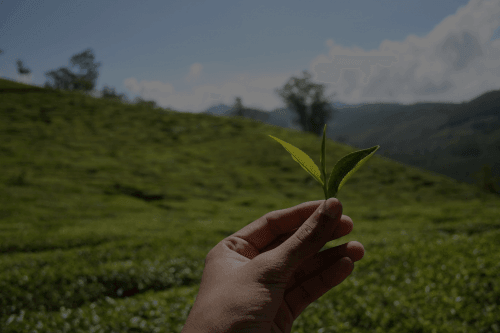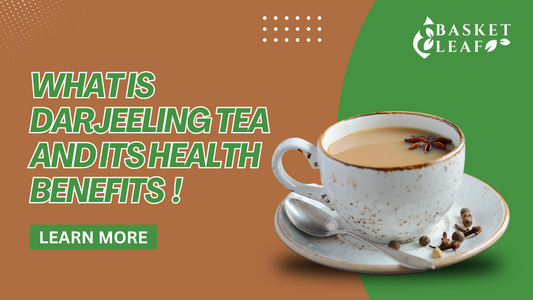The best time to relax is when you change into your comfy PJs and get into your bed while you unwind and have a sip of your freshly made green tea. So perfect! But have you ever wondered where these green tea leaves are sourced from? Not really, right?
Well… in this blog, discover the journey (in snippets) of the best quality green tea leaves from their roots to your mugs.
- Green tea has become a very popular beverage in the Western world. However, it is being consumed in Asia for centuries, where it was produced more than 3000 years ago. (Yeah—old, and Victorian!)
- Today, most green tea is still produced in Asia, though other countries produce green tea, as well. There are literally hundreds of varieties of green tea, and many different grades of quality within these many varieties.
- The leaves for green tea are harvested from the same plant used to make black and white tea: the Camellia Sinensis plant. It differs from black tea in the way it’s processed, as it’s not fermented during its processing.
- Rather, after the tea leaves are plucked, they are laid out to wither for about 8 to 24 hours to let the water evaporate from the leaves. Next, the leaves are steamed or pan-fried to prevent fermentation from taking place. Finally, the leaves are rolled and then dried repeatedly.
- Because of this different processing method, green tea looks, smells and tastes different than black tea. It brews to a green color and, when unflavored, has a very natural, grassy flavor. The lack of fermentation that makes green tea so unique in flavor also makes it healthier than black tea.
- Although all the green tea is sourced from the same plant species, there are different types of green tea produced and fashioned all over the world today, including China, Japan, Sri Lanka, Taiwan, India, New Zealand, Hawaii and Bangladesh.
- A brewed green tea is typically green, yellow, or light brown in color, and its notes can range from grass-like and toasted (pan-fired) to vegetal, sweet and seaweed-like flavors. When you start to look for green teas to try, you’ll find that there are more varieties to choose from than you can even name.
- There are many tea gardens in the world that produce high-quality green tea. Producing the very best green tea is labor-intensive. The best tea gardens employ skilled tea artisans who can hand-pick the tea leaves and properly steam them to avoid fermentation.
- For a more specific selection of flavor profiles, the harvest date is important. Harvest date is the primary criteria for grading traditional green teas.
- Each year green tea gardens will pluck tea from the first harvest in the spring until frost. This can mean that the trees will be harvested as many as four or five times in one growing season.
- Do you know? A really good tea farm will produce good tea throughout the summer, but their best tea will always be from the first plucking in the spring.
As per the new trends, online tea shops usually notify their customers when the first shipment of the year is received, so that they can buy tea from the first plucking as soon as it is available. Now that’s an interesting approach!
This tells us that the freshly harvested tea from the blooming spring is not so hard to get. All you need to do is to look for a quality store for all your tea purchases, just keep yourself updated and enjoy the freshly plucked tea all year long.
But, oh hey? You don’t need to look for quality stores anymore! Basketleaf.com is all about providing high-quality teas to its customers. Don’t believe me? Look at these amazing options.




